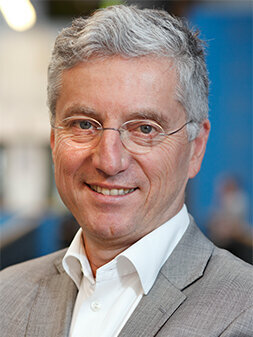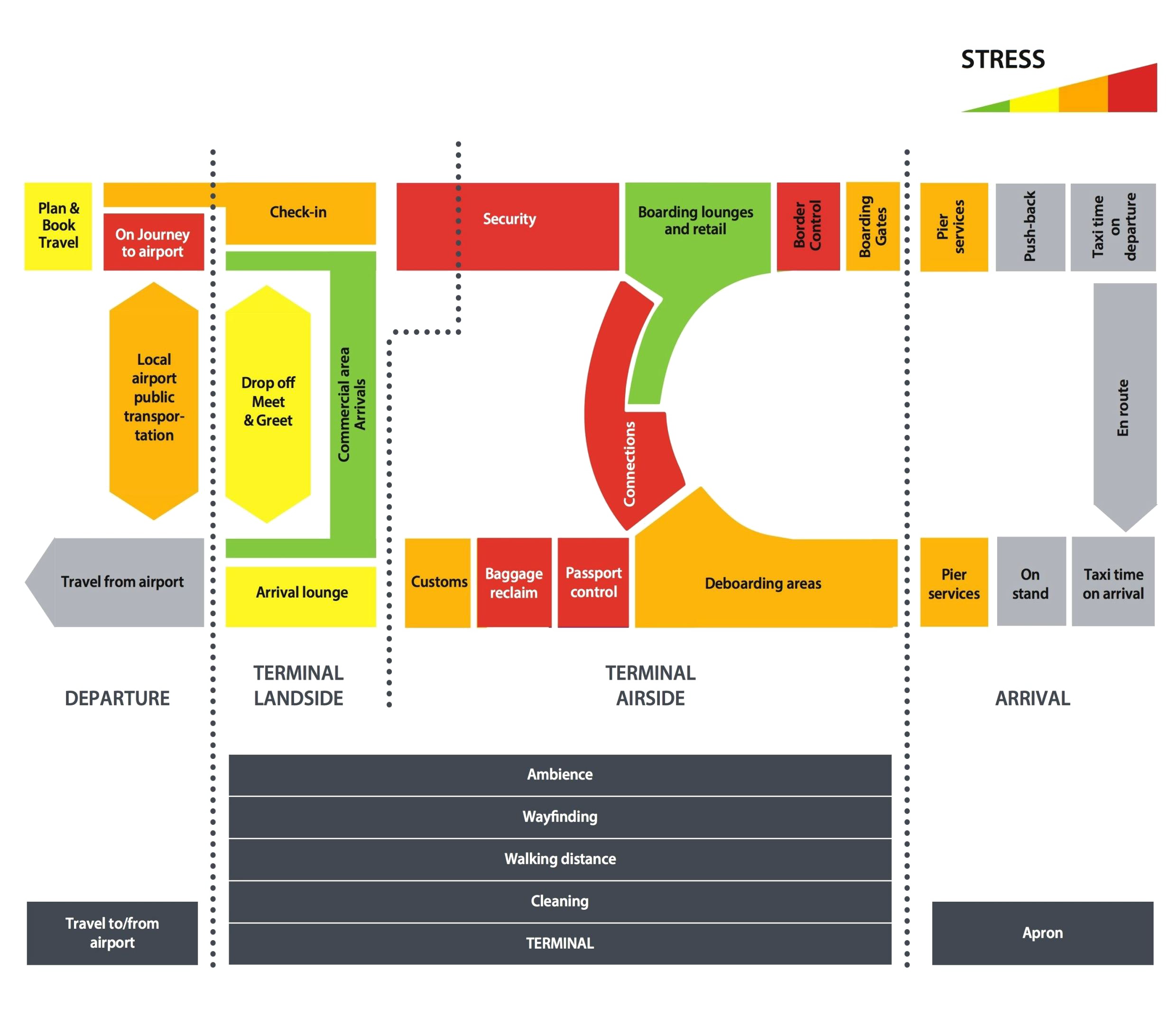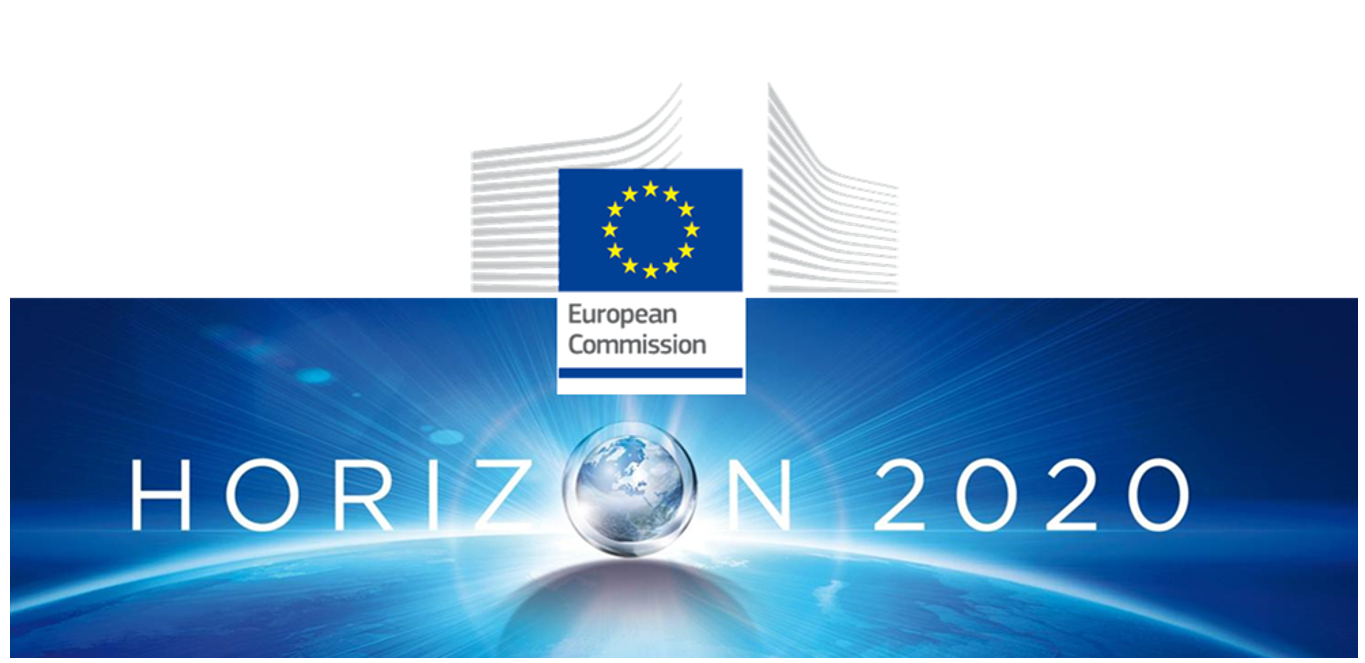PASSME
Personalised Airport Systems for Seamless Mobility and Experience (PASSME) is an European H2020 project (grant number 636308) and aims to deliver industry-driven, passenger-centric novel solutions (up to TRL6) for passengers, airports and airlines to address the anticipated increase in demand for commercial flights in Europe by 2050.
Twelve partners are working together in this project, of which TU Delft is coordinator. Other partners include: University of Nottingham (UK), ICCS (Greece), NLR (NL), KLM (NL), Schiphol Airport (NL), Hamburg Airport (Germany), DLR (Germany), TUHH (Germany), ALMA design (Portugal), Optimares (Italy) and Carr (Ireland). The project will run for three years, starting June 2015.
Goal of the project
The overall objective is to reduce travel time by at least 60 minutes by integrating information between all stakeholders and transforming airport and aircraft operations and interiors to make the passenger journey time efficient, seamless, robust and accessible.
Reduce stress of passengers by providing personalised information, thereby increasing the quality of the overall experience.
Topics of special interest
- Personalised device
Personalised devices could support faster travelling and enhance passenger experience. Sensors will be employed and adapted for recording emotions and tracking passengers’ location within the airport(s) complexes. Several versions of the personalised smart device are made, which may incorporate a combination of one or more of the following: guiding screens/projections on the wall, google glasses, smart watch, smart phone or a special device provided by the airport. - Luggage handling
Investigate and develop adaptations of the booking system and of arranging pickup-transportation and dropping off at destination, but it consists also of optimising the flows of hand luggage and goods. - Forecasting data system
Development of a monitor and forecast system for real-time passenger management. This system will ensure that demands and capacity levels are balanced in order to minimise queuing and hassle, while reducing waiting time drastically. - Customised interiors
Redesign elements in the built environment in order to reduce travel time and improve passenger well-being in three airport experiences: Check-in, Security and Boarding. This concerns areas in the airport (e.g. environments around check-in, security, boarding) as well as in the aircraft (e.g. lay-out, luggage bin size and reachability, and seats that facilitate easy ingress/egress) and agents (e.g. check-in booths, boarding desks).

Sicco Santema
- +31 (0)15 27 83076
- S.C.Santema@tudelft.nl
-
Room B-4-150
Peter Vink
- +31 (0)15 27 81438
- P.Vink@tudelft.nl
-
Room 32-B-3-160
"Sustainable productivity can be reached by adapting environments to human and organisational characteristics."



